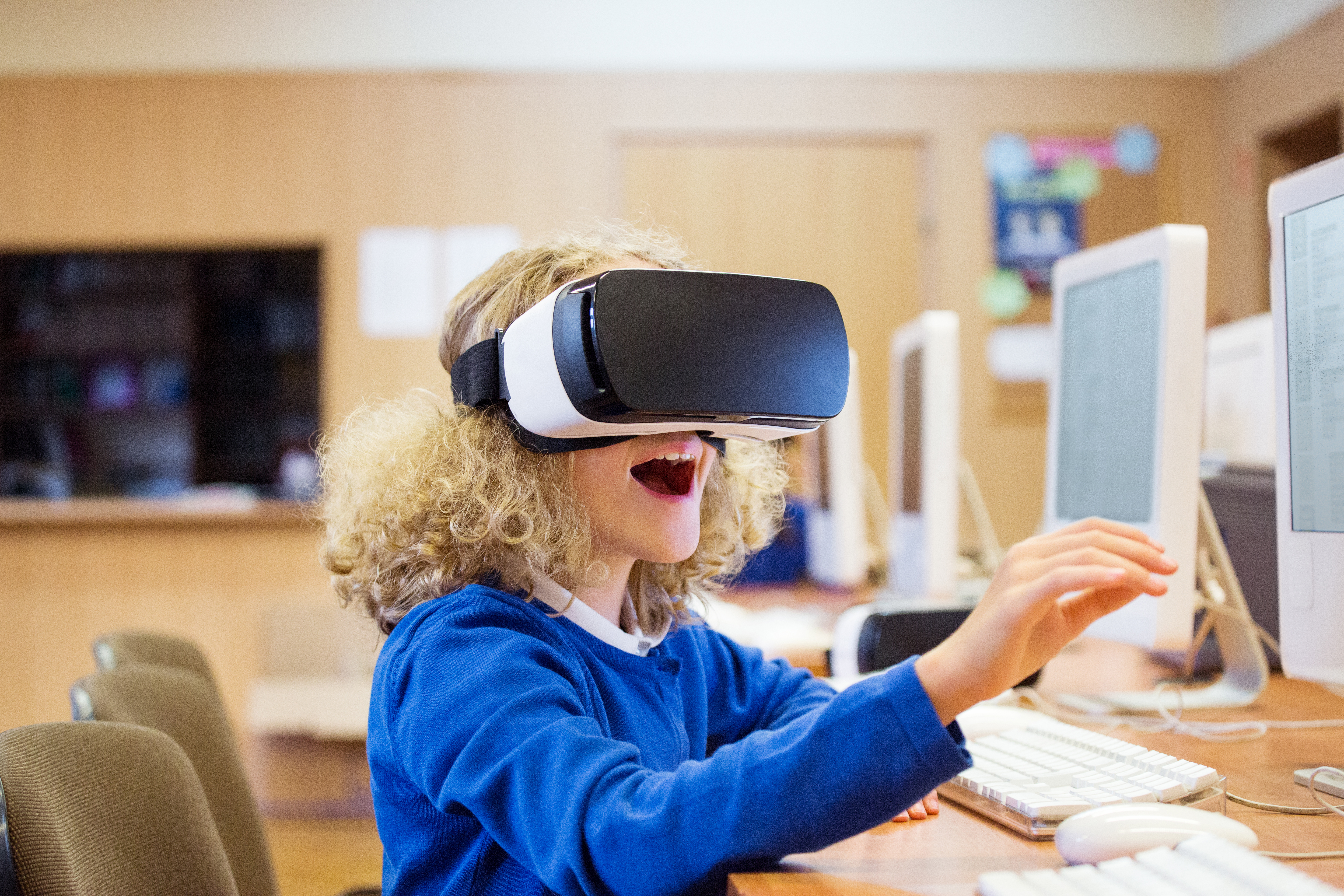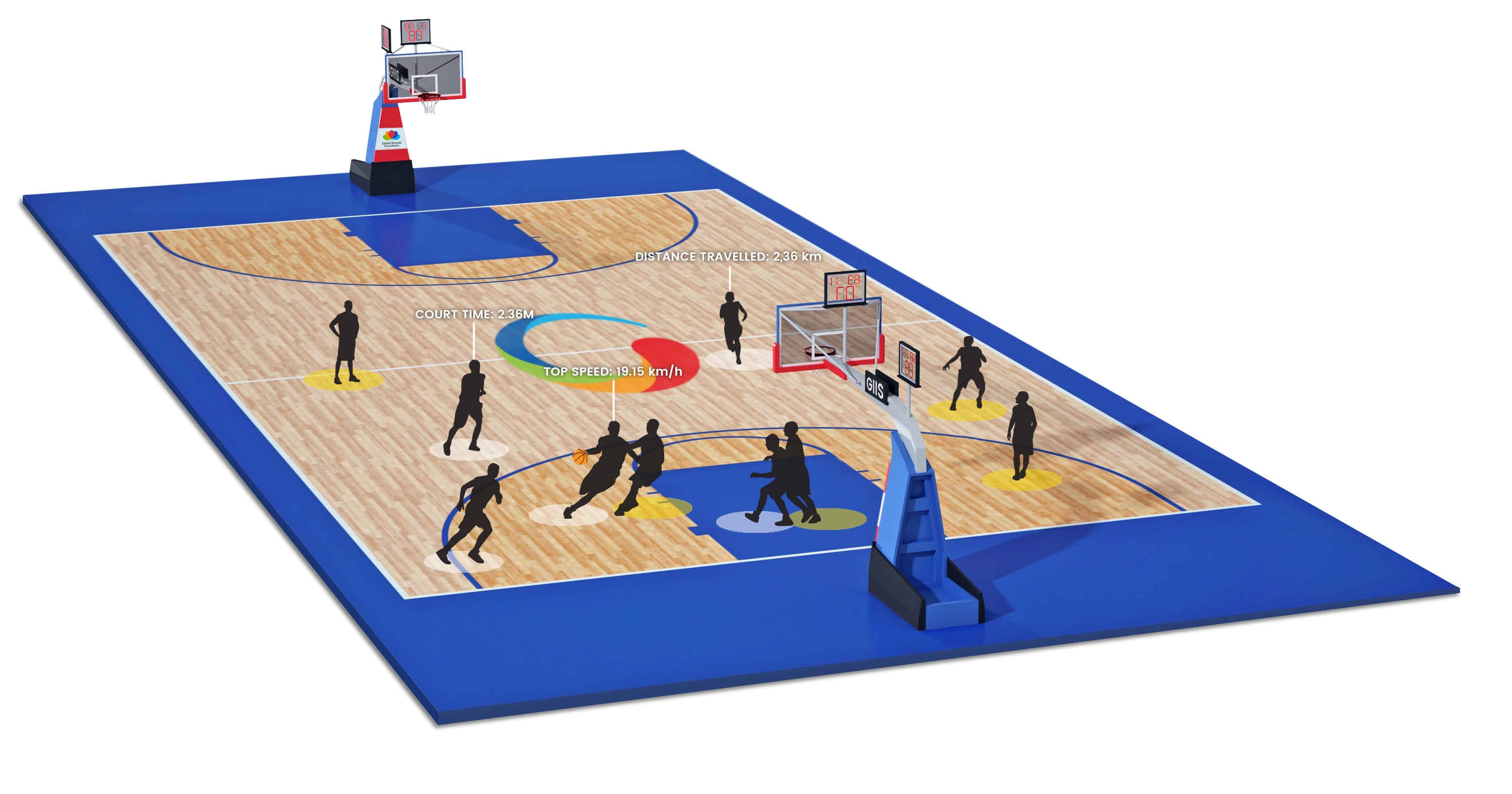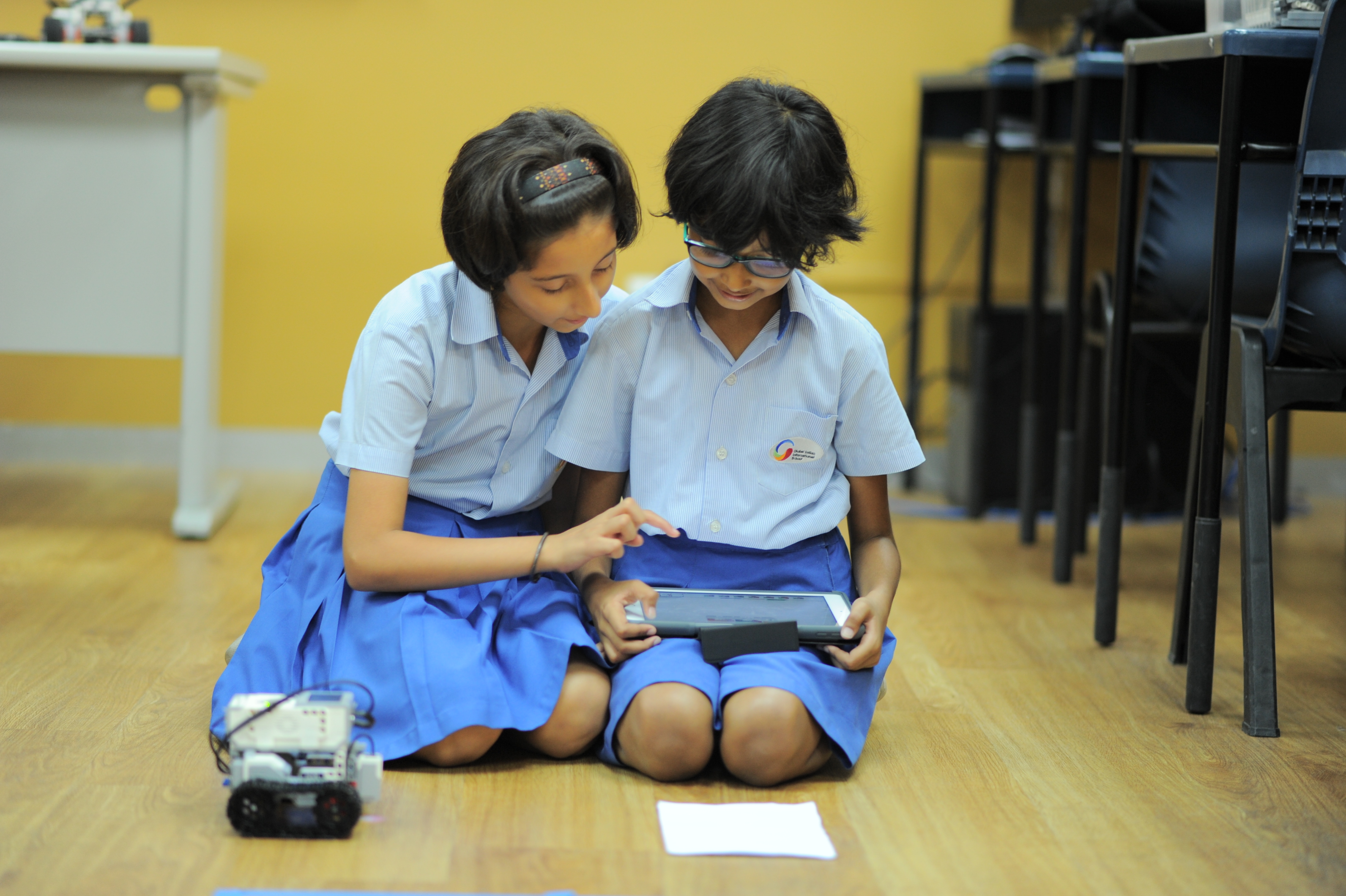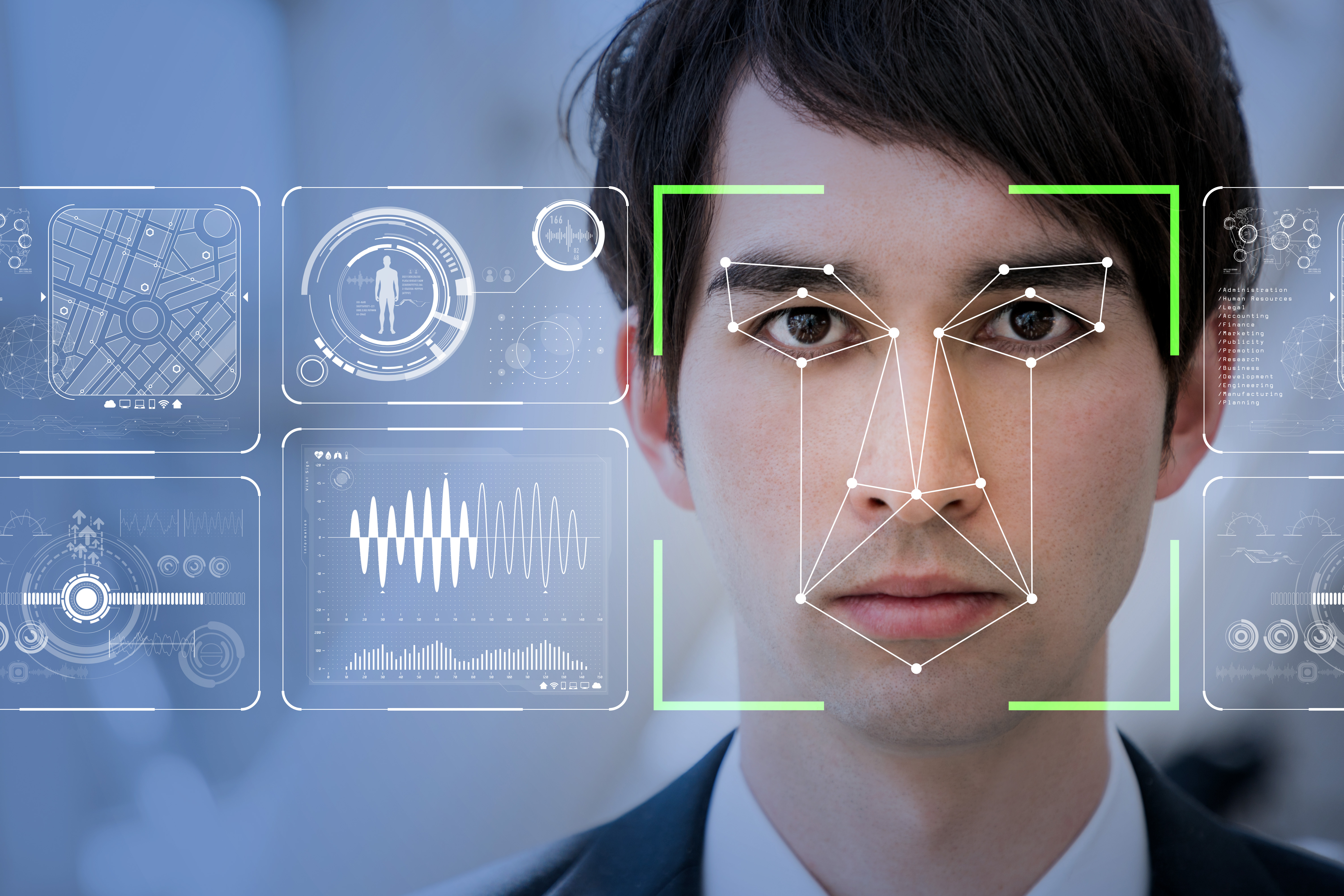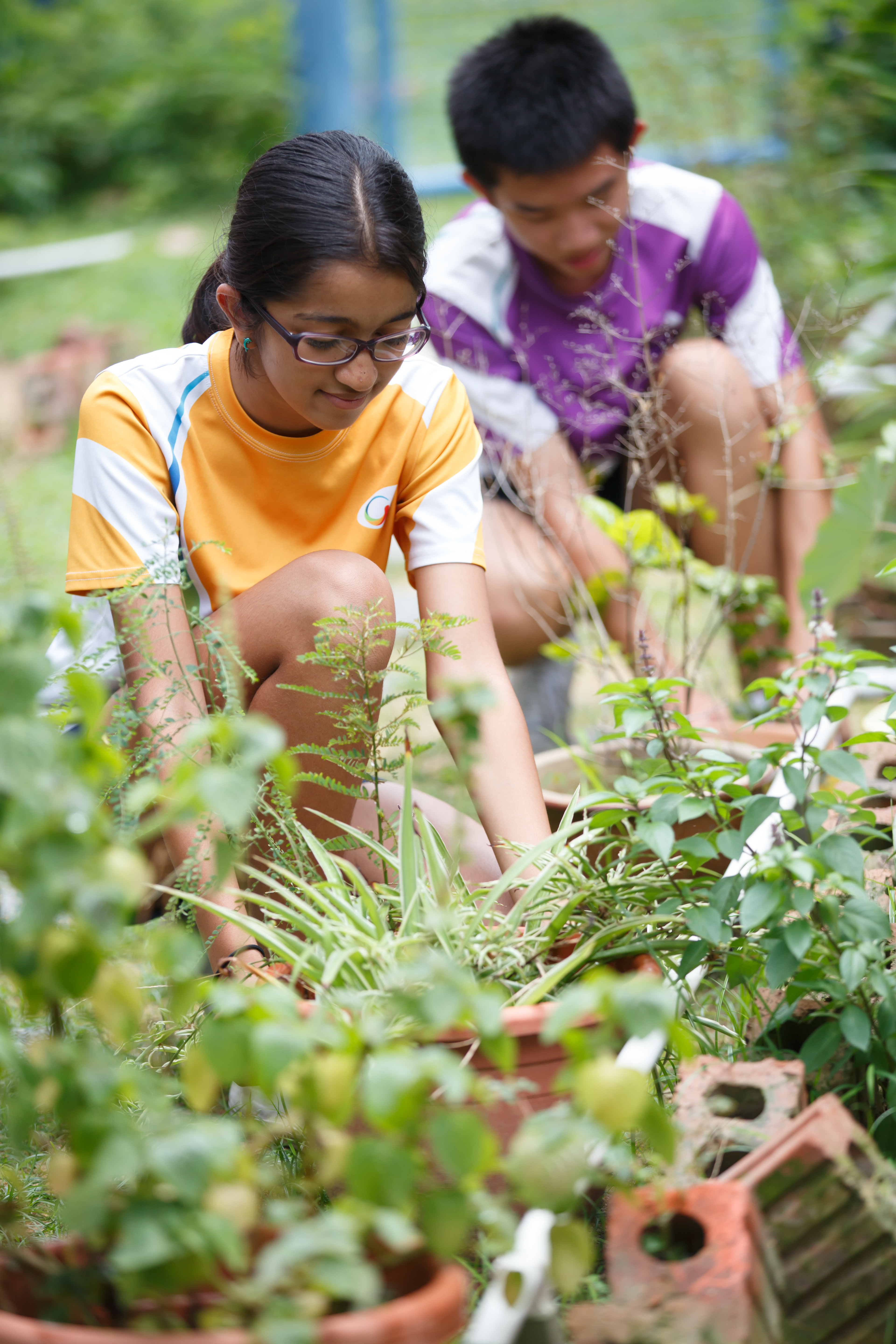Classrooms with four-walls, a whiteboard and a long list of textbooks – all these will go
Traditional schools will become a thing of the past sooner than you can imagine.
When digital technologies are changing everything around us, why would education not be among the first ones to undergo transformation?
A Singapore-based school, the Global Indian International School (GIIS) leads the way at its brand new SMART Campus situated within the Punggol Digital District.
{leaderboard_content_code}
“We are in a century where disruptors have changed the way we shop, we bank, we travel and even how we order food – everything is at the click of a button. With technology as the very foundation of the new economy, it is imperative to arm our children with this digital knowledge,” said Atul Temurnikar, Co-founder and Chairman, Global Schools Foundation (GSF) Singapore.
“The GIIS SMART Campus merges NextGen techniques with our holistic pedagogy for 21st century learning outcomes. We want to provide our students with the latest tools and methodology at hand to learn skills that will equip them fully so they effectively take on the challenges of the digital future,” he added.
Curious about how such a learning space would look like? Here are the five key features the SMART Campus will have.
Virtual classrooms
Virtual classrooms are either web-based or software-based learning environments. Learners and instructors interact through social media tools.
Education is no longer about getting the students to soak up information like a sponge – in the new digital economy, it’s all about collaboration and the exchange of ideas.
Students have remote access to lectures, and the flexibility to attend classroom discussions or collaborative learning activities from alternate locations. They actively engage with peers and educators from around the globe. This exposure to fresh ideas could expand their horizons, and help them build a network which can be helpful in the future.
The world is their playground where students will have the space to explore and grow in their own way. Teachers will use their own devices to control and regulate the content viewed by students, to ensure that the entire ecosystem runs to benefit every student’s learning curve.
Says Atul Temurnikar, chairman of GIIS: “At the SMART Campus, digital technology will enhance not interfere with the education process. The idea is to provide students with all the necessary tools to get the best learning, and which is beneficial for the development of students.”
Sports data analytics
A humongous amount of data is collected during a professional basketball, golf, cricket or a football game. Technology enables capturing of player's on-field performance, analyse it, break it down and then use the data to enhance their performance in future.
This advanced capturing of big data is no longer limited to professional levels of sport.
GIIS has implemented this technology on the SMART Campus. The Sports Performance Enhancing Data Analytics System, or SPEDAS, is a NextGen SMART feature used to digitally map players and ball movement.
Sensors attached to the players are connected to cameras in the basketball court to map each and every move of the player. Post-match, data collected from these devices will allow our athletes to help identify the strengths and weaknesses in their technique and game strategy. The result will be an improvement in their performance for the next game.
Nurturing the future innovators
Over the last decade, industries have been disrupted tremendously – and not in a negative sense.
Banking is no longer a long wait before the cashier's desk, taxis are being hailed from the comfort of one's sofa, and shopping is just a click of the button away. These systems are the product of an innovative idea which was nurtured as a seed and allowed to grow into a huge tree that is now providing shade to all.
The GIIS Global Centre for Innovation and Entrepreneurship is a space aimed at helping students change the world in this same way. They will receive training on business principles and processes in launching a startup. They will also be walked through stages of conception and ideation, and also given the opportunity to create powerful pitches for potential investors.
Investing in the safety for students
The GIIS SMART Campus features a biometric access control system that employs 150 facial recognition system machines and more than 600 CCTV cameras throughout the premise.
On-campus movement is monitored round the clock, and access control is also used at all entry and exit points.
Campus in a garden
Sustainability is one of the core aims of a smart city. In line with being located in a “City in a Garden”, the GIIS SMART Campus has been designed and built to maximise the green footprint.
The campus is strewn with lush, green surroundings, while the building itself is shaped as a nest allowing ample sunlight and natural breeze to stream into the classrooms and learning areas. The architectural design takes advantage of natural sunlight and shade while allowing fresh air to flow through outdoor areas.
There are also systems in place to conserve energy, harvest rainwater and manage waste effectively. Solar panels provide a source of renewable energy, while motion sensors regulate the use of energy by only powering up in the presence of humans in each area.
To learn more about GIIS, visit http://scholarships.globalindianschool.org and https://www.schoolofthefuture.sg/.


